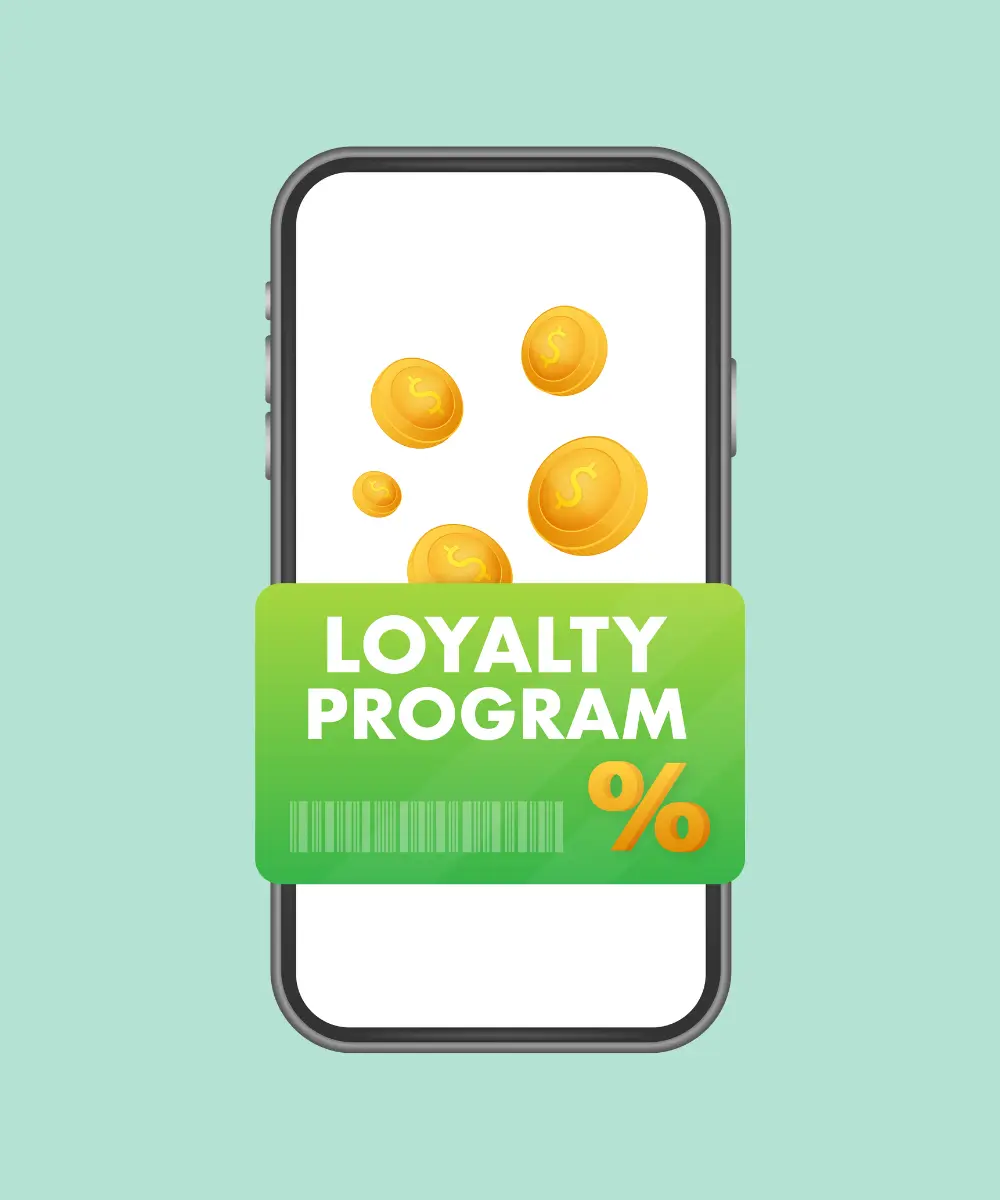The concept of rewarding customer loyalty is not new; it dates back to the late 18th century when American retailers began giving customers copper tokens with purchases that could be redeemed on future visits. This early form of loyalty programs laid the foundation for today’s sophisticated digital loyalty program apps. In the modern era, these apps have evolved into powerful tools for businesses, driven by technological advancements and changing consumer behavior.
Introduction
In an era where customer retention is as crucial as acquisition, loyalty program apps have emerged as a pivotal tool for businesses. Statistics reveal a compelling narrative: retaining an existing customer is five times less costly than acquiring a new one, and increasing customer retention rates by just 5% can boost profits by 25% to 95%. Furthermore, more than 75% of consumers are more likely to make a purchase if they are part of a reward program. These apps do more than just reward customers; they offer a direct line of communication and a wealth of data for personalized marketing.
This article explores the multifaceted benefits of loyalty program apps, with a particular focus on the advantages of using Flutter for app development. We will discuss how these apps can significantly contribute to business growth and customer engagement, delving into aspects from development considerations to real-world success stories.
What is a Loyalty Program App?
A loyalty program app is a digital platform designed for businesses to incentivize and reward their customers for repeat engagements and purchases. It's an advanced tool that replaces traditional loyalty schemes like punch cards, offering a more interactive and convenient way for customers to connect with a brand.
Key aspects of loyalty program apps
- Rewards and incentives: The core functionality of these apps is to provide rewards for customer loyalty. This can include discounts, points, or special offers, encouraging repeat business and customer retention.
- Digital convenience: Unlike traditional loyalty methods, these apps offer a digital solution that customers can access easily through their smartphones. This convenience enhances user engagement and simplifies the process of tracking and redeeming rewards.
- Enhanced customer engagement: Through personalized experiences, notifications, and special offers, these apps provide a platform for businesses to interact directly with their customers, fostering a stronger connection and brand loyalty.
- Data collection and analysis: These apps are valuable for collecting customer data, offering insights into purchasing habits and preferences. This data is crucial for tailoring marketing strategies and improving the overall customer experience.
Why Flutter for Loyalty Program App Development?
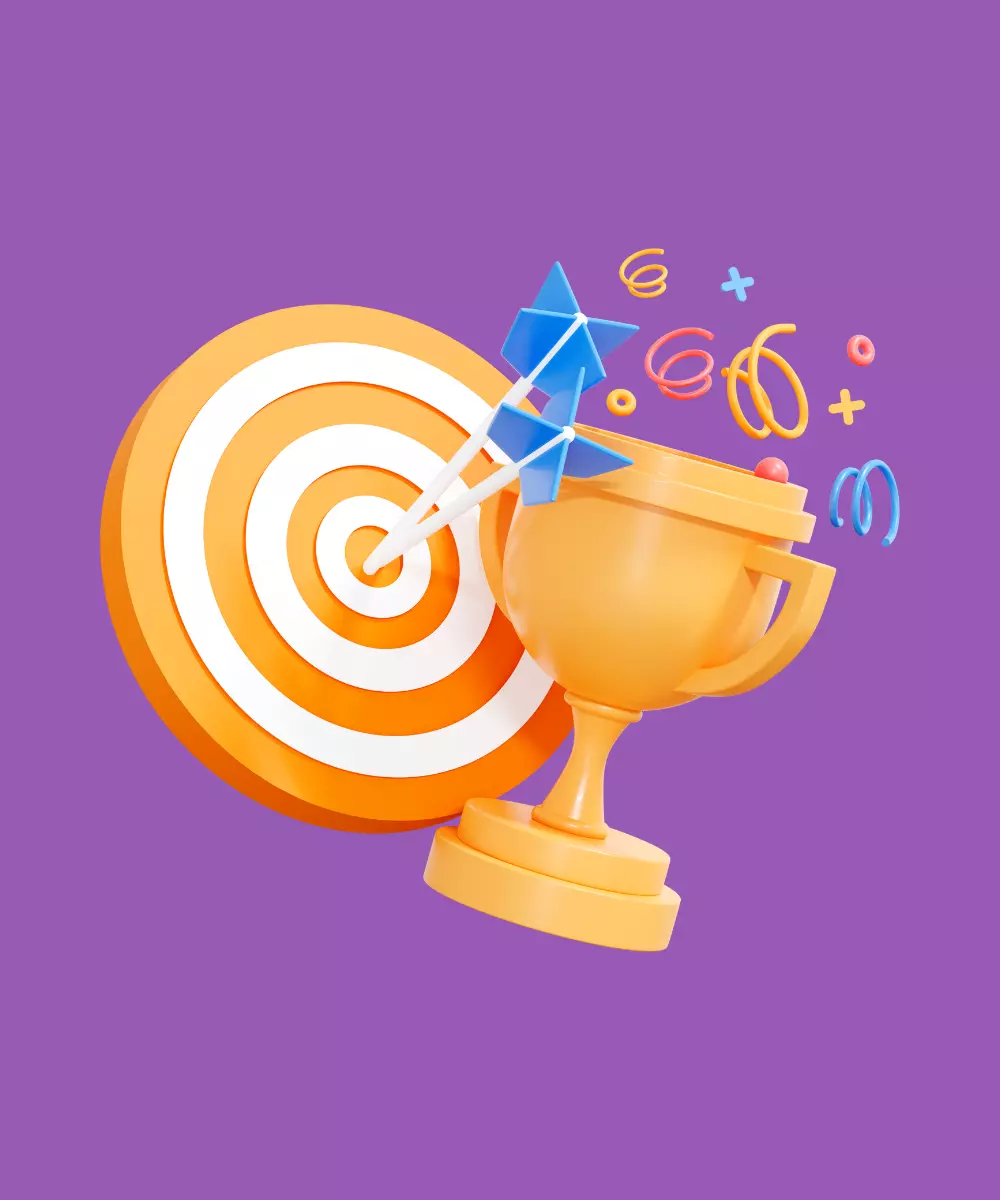
Flutter, developed by Google, has emerged as a leading choice for developing loyalty program apps. Its unique features and capabilities make it particularly suited for creating robust, visually appealing, and efficient applications.
- Cross-platform development: Flutter's most significant advantage is its cross-platform capabilities. It allows developers to write a single codebase for both iOS and Android platforms. This feature not only simplifies the development process but also ensures consistency in functionality and appearance across different devices, providing a seamless user experience.
- Fast and efficient development: Flutter's hot reload feature is a game-changer for developers. It enables them to see the changes made in the code almost instantly, without losing the current application state. This leads to a faster development process, as it allows for quick iterations and real-time feedback on changes.
- Rich set of pre-designed widgets: Flutter comes with a rich set of pre-designed widgets that help in building custom and attractive UIs. These widgets are customizable and can be adapted to match a brand’s visual identity, ensuring that the app is not only functional but also aesthetically pleasing.
- Performance: Apps developed in Flutter perform like native apps because Flutter uses its own high-performance rendering engine to draw widgets. This results in smooth and fast performance, which is crucial for maintaining a positive user experience, especially in apps like loyalty program apps where user engagement is key.
- Scalability and maintenance: Flutter apps are easy to scale and maintain. As business needs grow and evolve, adding new features or fixing bugs is more straightforward due to Flutter's single codebase. This makes Flutter a cost-effective and time-efficient choice in the long run.
- Strong community and support: Being an open-source framework, Flutter has a strong community of developers and contributors who continuously work on enhancing its capabilities. This community provides great support, which is beneficial for troubleshooting and staying updated with the latest advancements.
- Compatibility with modern back-end technologies: Flutter is compatible with modern back-end technologies and can be seamlessly integrated with existing systems and databases. This makes it an ideal choice for loyalty program apps, which often require integration with CRM systems, analytics tools, and other business applications.
Impact of Loyalty Programs on Business Growth
Loyalty programs have emerged as a cornerstone strategy for businesses aiming to foster long-term customer relationships and drive growth. The impact of these programs on business growth can be profound, encompassing various aspects:
Increased customer retention
- Statistical evidence: Studies indicate that loyalty program members are more likely to continue purchasing from a brand. A report by Bain & Company notes that customers are 60% - 70% more likely to buy from a business where they are loyalty program members.
- Cost efficiency: Retaining an existing customer is significantly cheaper than acquiring a new one. Harvard Business Review states that it can be 5 to 25 times more expensive to acquire a new customer than to retain an existing one.
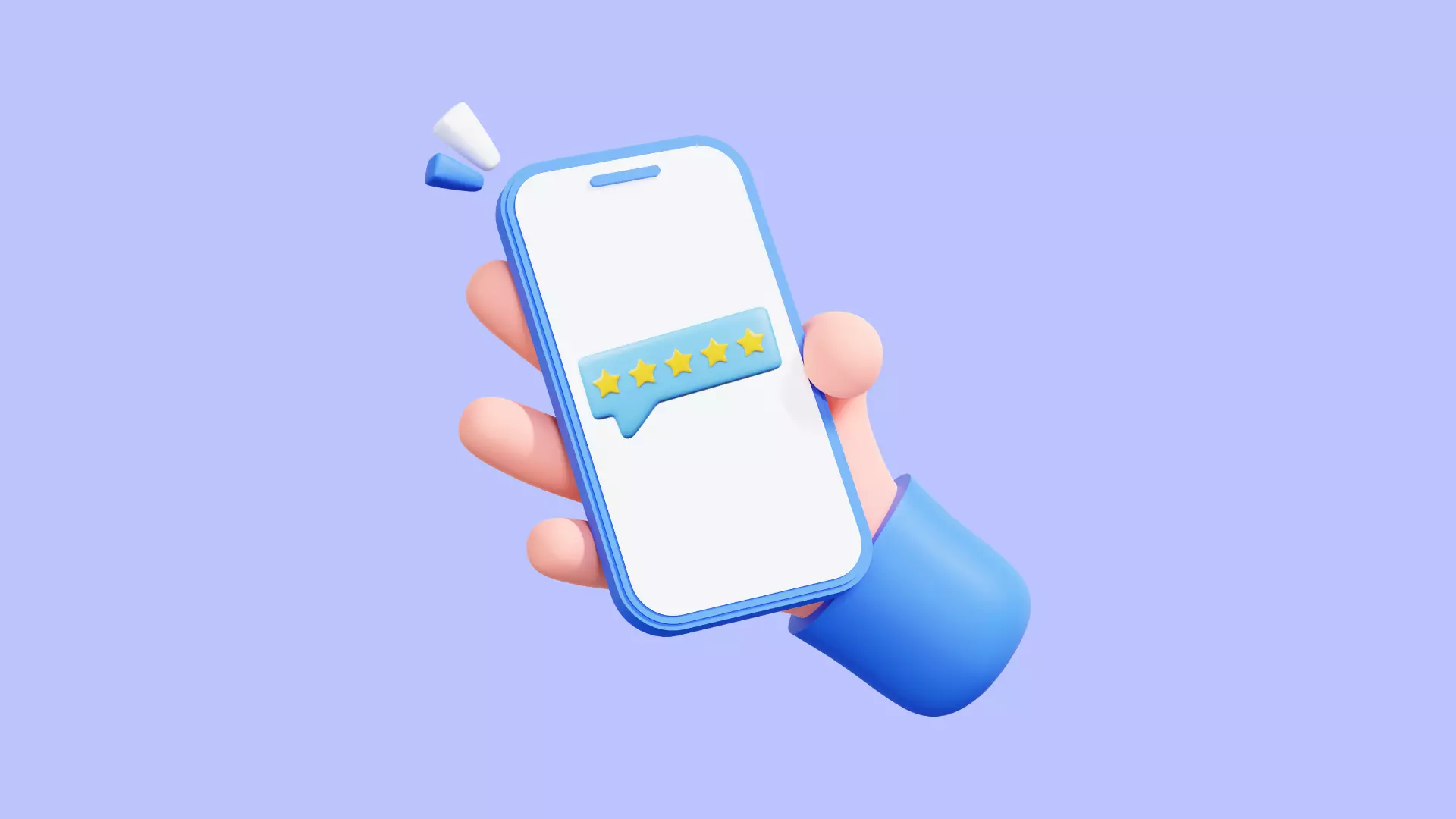
Higher customer lifetime value (CLV)
- Revenue boost: Loyalty programs encourage repeat purchases, directly impacting the CLV. According to a study by McKinsey, effective loyalty programs can increase a brand’s market share by 20% and improve CLV by as much as 30%.
- Predictable revenue stream: Regular customers tend to provide a more predictable revenue stream, crucial for long-term business planning and stability.
Enhanced customer data and insights
- Data collection: Loyalty programs offer a platform to collect valuable customer data, including purchasing habits and preferences.
- Targeted marketing: This data enables more effective, targeted marketing strategies, leading to higher conversion rates. A report by Experian found that personalized emails deliver six times higher transaction rates.
Positive word-of-mouth and referrals
- Brand advocacy: Satisfied loyalty program members are more likely to recommend a brand to others. Nielsen reports that 92% of consumers believe suggestions from friends and family more than advertising.
- Social proof: Positive reviews and referrals can significantly influence potential customers, leading to organic growth.
Competitive advantage
- Differentiation: A well-crafted loyalty program can set a business apart from its competitors, providing a unique value proposition.
- Brand loyalty: These programs foster a sense of belonging and brand loyalty, making customers less likely to switch to competitors.
Direct impact on sales
- Upselling opportunities: Loyalty programs create opportunities for upselling and cross-selling, as customers are more receptive to additional offers from a brand they trust.
- Increased transaction frequency: Members are more likely to shop more frequently, as reported by the Harvard Business Review, which found a 20% increase in the number of visits by loyalty program members.
Impact on small businesses and niche markets
- Local loyalty: Small businesses can benefit immensely from loyalty programs by building a loyal local customer base.
- Niche targeting: For niche markets, loyalty programs can help in targeting and retaining a specific customer segment, leading to a strong, dedicated customer base.
Key Features of a Successful Loyalty Program App
A well-designed loyalty program app is pivotal in engaging customers and driving business growth. To maximize its effectiveness, certain key features must be integrated. These features not only enhance user experience but also ensure the app's alignment with business objectives.
User-friendly interface
- Simplicity and accessibility: The app should have an intuitive design, making it easy for users of all ages and tech-savviness to navigate.
- Appealing aesthetics: Visually pleasing design elements, in line with brand identity, increase user engagement.
- Consistency across devices: With Flutter's cross-platform development, ensure the app's look and feel is consistent across various devices.
Personalization
- Customized user experience: Tailoring the experience based on individual user data, like past purchases and preferences.
- Dynamic content: Display content relevant to the user’s interests, location, and behavior.
Real-time reward tracking
- Transparent reward system: Users should be able to easily view and track their points, rewards, and progress towards next milestones.
- Instant updates: Reflect points or rewards earned immediately after a transaction.
Multiple reward options
- Diverse rewards: Offer a range of rewards including discounts, exclusive offers, early access to new products, or unique experiences.
- Tiered rewards system: Implementing tiers based on customer loyalty can encourage more purchases and engagement.
Push notifications
- Timely alerts: Notify users about new offers, rewards nearing expiration, or special events.
- Personalized notifications: Tailor notifications based on user behavior and preferences to increase relevance and engagement.
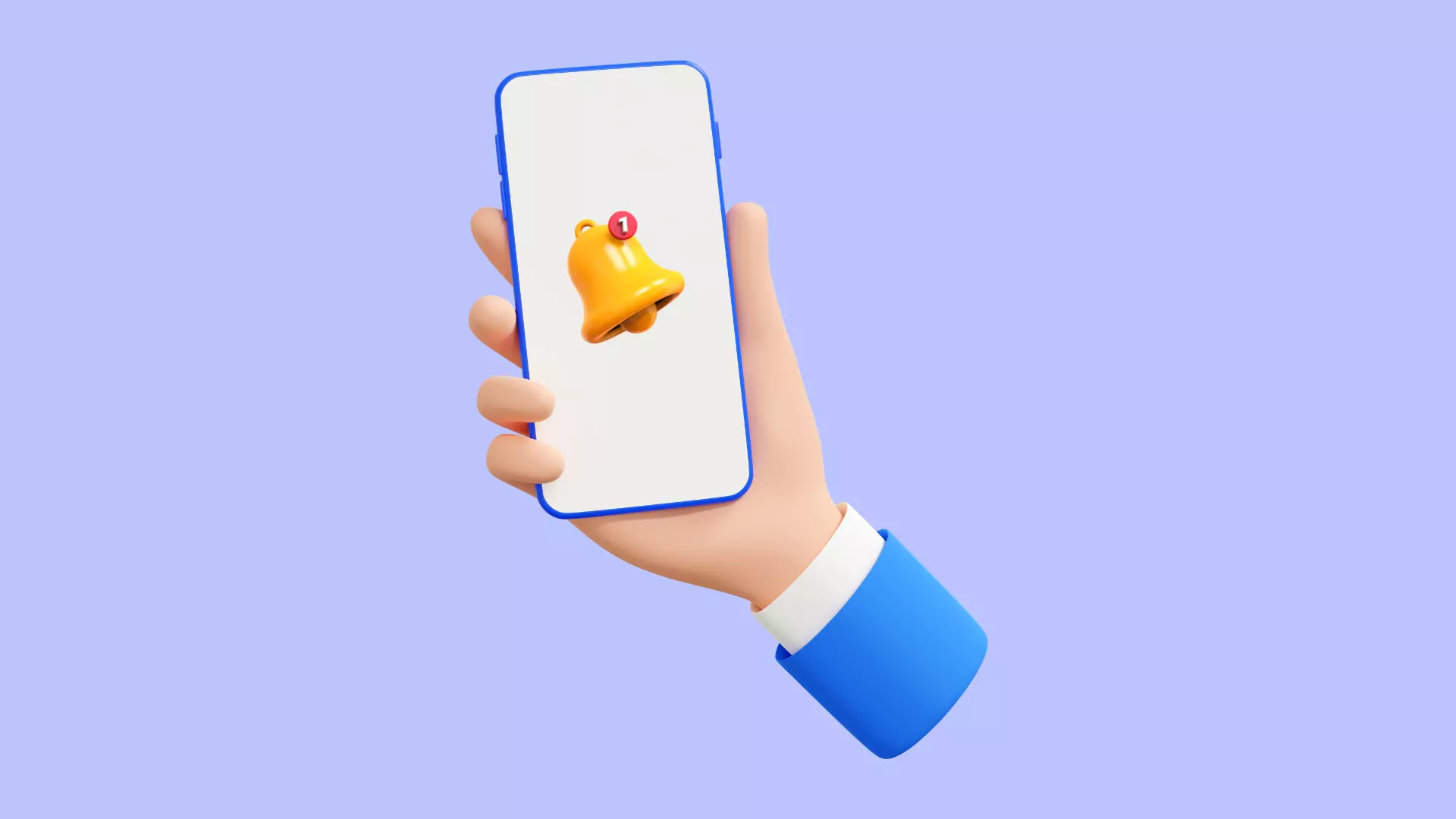
Social media integration
- Easy sharing: Allow users to share their achievements, rewards, or referrals on social media.
- Social login options: Simplify the sign-up and login process with social media account integrations.
Seamless integration with business operations
- POS and CRM integration: Ensure the app integrates smoothly with existing Point of Sale (POS) and Customer Relationship Management (CRM) systems for real-time data exchange.
- Analytics and reporting: Incorporate analytics for tracking user behavior, app performance, and ROI of the loyalty program.
Gamification
- Engaging challenges: Incorporate elements like badges, leaderboards, or challenges to make earning rewards fun and engaging.
- Achievement tracking: Allow users to track and showcase their achievements within the app.
Security and privacy
- Data protection: Implement robust security measures to protect user data and ensure compliance with privacy laws.
- Transparent privacy policies: Clearly communicate how user data is collected, used, and protected.
Easy redemption process
- Simplified redemption: Make the process of redeeming rewards straightforward and hassle-free.
- Multiple redemption options: Provide various ways to redeem rewards, whether in-app, in-store, or through other channels.
Customer support
- In-app support: Offer easy access to customer support within the app for any queries or issues.
- Feedback mechanism: Include a feature for users to give feedback on their experience, which is crucial for continuous improvement.
Integrating Loyalty Apps with Existing Business Systems
Integrating a loyalty program app with a business's existing systems is crucial for maximizing its effectiveness and ensuring a seamless operational flow. This integration encompasses various aspects of the business’s operations and technology infrastructure.
Point-of-sale (POS) system integration
- Real-time data sync: Integrating the loyalty app with POS systems allows for real-time updating of reward points and redemption, enhancing customer experience.
- Transaction efficiency: Seamless integration ensures that loyalty points and rewards are easily applied during transactions, speeding up the checkout process and reducing errors.
Customer relationship management (CRM) integration
- Personalized customer interactions: By integrating with CRM systems, the loyalty app can access detailed customer profiles, enabling more personalized communications and offers.
- Enhanced customer insights: The data collected through the app can be used to enrich CRM data, providing a more comprehensive view of customer preferences and behaviors.
E-commerce platform integration
- Unified experience across channels: Integration with e-commerce platforms ensures that customers have a consistent experience whether they shop online or in-store.
- Synchronized reward management: This allows customers to earn and redeem points both online and offline, increasing the flexibility and appeal of the loyalty program.
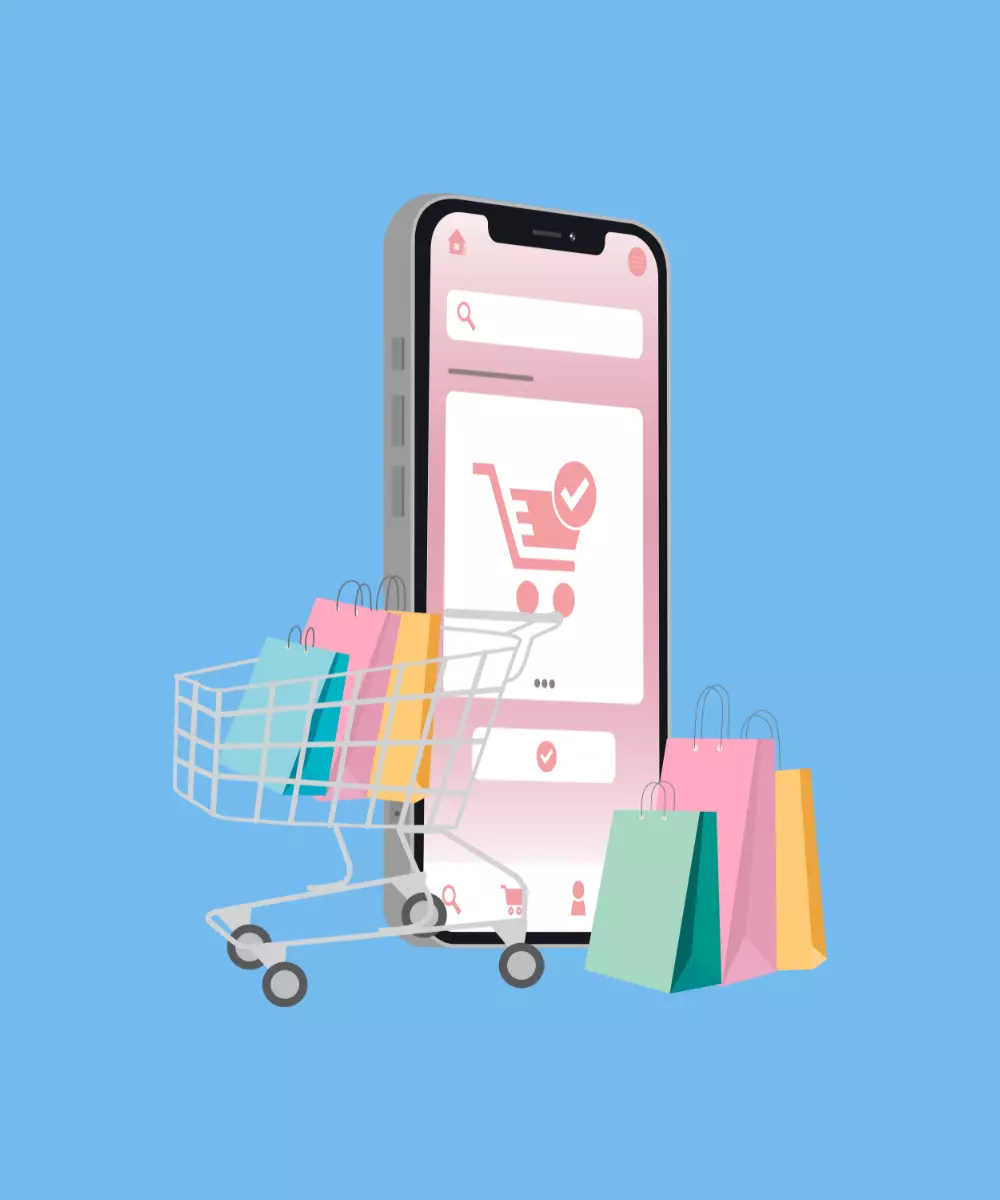
Inventory management systems
- Stock-based rewards: Integration with inventory management systems can help in offering rewards based on stock levels, aiding in inventory control.
- Targeted promotions: Businesses can push products with higher inventory levels as rewards, helping in efficient stock management.
Social media integration
- Social engagement: Linking the app with social media platforms can encourage users to share their experiences and rewards, amplifying the program’s reach.
- Social listening: Insights from social media can be used to adapt the loyalty program to customer preferences and trends.
Data analytics tools
- Data-driven decisions: Integrating with analytics tools helps in analyzing customer behavior and program performance, leading to more informed business decisions.
- Customized reporting: Businesses can create customized reports to track the success of the loyalty program and identify areas for improvement.
Marketing automation platforms
- Automated communications: Integration with marketing platforms can automate the delivery of personalized offers and messages based on customer actions and preferences.
- Campaign effectiveness: The effectiveness of marketing campaigns can be tracked and correlated with loyalty program data for improved strategies.
Mobile payment systems
- Convenient payment options: Integrating mobile payment options within the app enhances convenience for users, potentially increasing sales.
- Secure transactions: Ensuring secure and smooth payment processes within the app is critical for customer trust and satisfaction.
Feedback and support systems
- Customer feedback loop: Integrating customer feedback tools helps in gathering direct feedback on the loyalty program and the overall customer experience.
- Responsive support: Linking customer support systems ensures that users can easily access help regarding the loyalty program, improving user satisfaction.
Types of Loyalty Programs and Real-World Examples
Loyalty programs come in various formats, each designed to cater to different business models and customer engagement strategies. Below are the common types of loyalty programs, along with descriptions and real-world examples that illustrate their success.
Points-based programs
In this type of program, customers earn points for certain actions, typically making purchases. These points can then be redeemed for rewards like discounts, products, or services.
Example: Starbucks Rewards

- Overview: Starbucks' app-based loyalty program allows customers to earn stars for purchases, which are redeemable for free drinks and food.
- Impact: This approach has significantly increased customer retention and purchase frequency.
- Key features: Easy-to-use mobile app, personalized offers, and a direct link to their payment and ordering system.
Tiered loyalty programs
These programs categorize customers into different tiers based on their engagement level or purchase volume. Higher tiers offer greater rewards or exclusive benefits.
Example: Sephora Beauty Insider

- Overview: Sephora’s program offers points for purchases, with higher tiers giving access to more exclusive rewards and experiences.
- Impact: The tiered system has effectively increased customer spend and visit frequency.
- Key features: Personalized rewards, a variety of redeemable experiences, and exclusive events for higher tiers.
Subscription-based models
Customers pay a recurring fee to access exclusive benefits. This model turns the traditional loyalty program on its head, ensuring consistent engagement through a subscription.
Example: Amazon Prime

- Overview: Amazon Prime offers free shipping, streaming services, and exclusive deals for a yearly subscription fee.
- Impact: Prime members exhibit higher spending patterns compared to non-members.
- Key features: Wide range of benefits beyond shopping, including entertainment and grocery delivery services.
Frequent flyer programs
Common in the airline industry, these programs reward customers based on the distance flown. Rewards often include free flights, upgrades, or other travel-related services.
Example: Delta SkyMiles

- Overview: Delta Airlines’ SkyMiles program rewards passengers with miles for flights, which can be redeemed for various travel benefits.
- Impact: Enhanced customer loyalty and an increase in repeat bookings.
- Key features: Tiered membership levels, a variety of redemption options, and partnerships with credit card companies.
Personalized rewards programs
These programs focus on offering customized rewards based on individual customer behavior, preferences, or purchase history.
Example: MyPanera

- Overview: Panera Bread’s program offers personalized discounts and complimentary items based on the customer’s previous orders.
- Impact: Increased customer visit frequency and heightened community engagement.
- Key features: Tailored rewards, easy redemption process, and a focus on enhancing the customer’s personal experience with the brand.
How Much Does It Cost to Develop Loyalty Program App

Developing a loyalty program app is a strategic investment that can significantly boost customer engagement and retention. The cost of developing such an app varies widely based on its complexity, features, and the development platform used. Generally, we can categorize loyalty apps into three types based on their complexity: basic, moderate, and advanced. Here's an overview of the cost implications for each:
Basic loyalty program app
- Features: A basic app typically includes standard features such as a point system, basic user profiles, a reward catalog, and simple integration with existing systems.
- Development time: Approximately 3-4 months.
- Cost factors: The cost mainly involves basic UI/UX design, minimal custom development, and standard app functionalities.
- Estimated cost: Development costs for a basic loyalty program app can range from $16,000 to $32,000. This cost can vary based on the geographic location of the developers and the specific requirements of the project.
Moderate complexity loyalty program app
- Features: This includes all the basic features plus additional functionalities like social media integration, push notifications, personalized offers, and more detailed user analytics.
- Development time: Around 6-8 months.
- Cost factors: Costs increase due to more sophisticated design requirements, additional features, and more complex integrations with existing business systems.
- Estimated cost: For a moderately complex app, the development cost can range between $40,000 and $80,000. Again, this can vary based on the developer's location and specific project needs.
Advanced complexity loyalty program app
- Features: An advanced app might include highly customized features like AI-driven personalized recommendations, advanced data analytics, gamification elements, augmented reality experiences, and extensive integration with multiple business systems.
- Development time: 9-12 months or more.
- Cost factors: The significant factors contributing to the cost are custom feature development, high-end design, advanced security measures, and complex system integrations.
- Estimated cost: The development of an advanced complexity loyalty program app can cost anywhere from $95,000 to $200,000 or more, depending on the level of customization and the scale of the project.
Additional cost considerations
- Maintenance and updates: Ongoing maintenance, including bug fixes, updates, and new feature additions, typically costs about 15-20% of the initial development cost per year.
- Marketing and promotion: Budget for marketing the app to your target audience.
- Platform fees: Costs related to deploying the app on platforms like Google Play Store or Apple App Store.
Conclusion
In today's competitive marketplace, loyalty program apps are more than just a trend; they are a necessity for fostering customer engagement and driving business growth. With the power to enhance customer retention and brand loyalty, these apps represent a strategic investment in your business's future.
At What the Flutter, our expertise in Flutter app development positions us as your ideal partner for creating a loyalty program app tailored to your unique business needs. Our focus on creating efficient, scalable, and user-friendly apps ensures that your investment is both cost-effective and impactful.
Ready to elevate your customer engagement and set your brand apart? Contact us today, and let's embark on a journey to develop a loyalty program app that resonates with your customers and drives your business forward.


